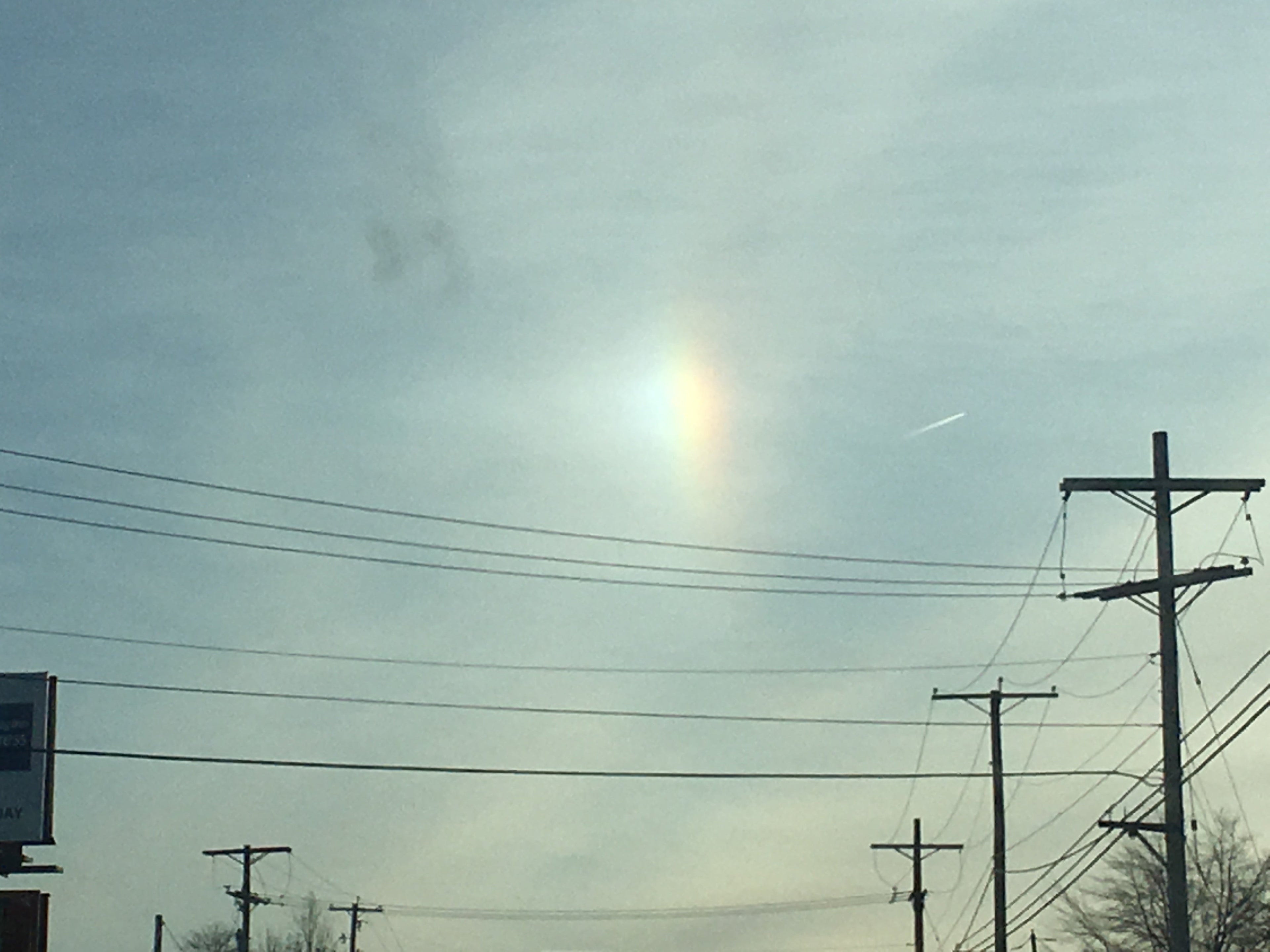Have your kids ever asked you about rainbows? You may know what the colorful light show in the sky says about the environment, but it sure is a good opportunity for your kids to find out. These awesome rainbow facts for kids (plus a few relevant tidbits for you) can help elaborate:
1. Rainbows Are Refracted Sunlight
When the sun's rays fall to the earth, they bounce off millions of tiny objects before they hit your eyes. Your eyes collect these rays in their varying waves, the length of which determines their visible color. Red, for example, is a long wavelength. Yellow is shorter and blue is even smaller. Cells in your retina, called cones, decipher the length of each wave and report its length to your brain.
When rays bounce off raindrops, they are separated from white into their many respective wavelengths, or colors.
Like a filter, air pollution slows down the travel of light waves, diminishing the frequency and brightness of rainbows. The more air pollution there is, the less visible those remarkable light waves become, eventually eliminating your ability to see them altogether.
2. They're Actually Full Circles
When you look at the arc of a rainbow, you're usually on the ground, and when the sun is low in the sky you achieve the perfect angle to see a rainbow. If you were in the sky at just the right moment and at just the right angle, you'd have the rare opportunity to see the full circle of the rainbow—like in this picture.
3. 'Sun Dogs' Happen When Sunlight Refracts off Ice Crystals
Recently, my kids and I were driving and spotted a rainbow in the sky that didn't seem to arc.
 That's a sun dog, a rainbow made not of rain droplets but of frozen crystals, usually in the shape of hexagonal plates. Sun dogs are also an "endangered species," as shorter winters can mean fewer ice crystals each year. Young conservationists can help save them by conserving energy and focusing on their family's carbon output.
That's a sun dog, a rainbow made not of rain droplets but of frozen crystals, usually in the shape of hexagonal plates. Sun dogs are also an "endangered species," as shorter winters can mean fewer ice crystals each year. Young conservationists can help save them by conserving energy and focusing on their family's carbon output.
4. Rainbows from Sea Spray Are Smaller in Diameter
The radius of a natural rainbow depends on its refractive index, according to National Geographic. Salt water has a higher refractive index, so when you see a rainbow made of "sea spray" (mist from over the ocean), it has a smaller arc. Cloudy water, whether from pollution or the water's natural contents, won't refract light as brightly, so do your part to keep the planet's beaches and water supply nice and clean.
5. Rainbows Are Visible at Home When a Material Refracts the Light
This is similar to when rain droplets do this in a natural environment. As sunlight waves enter your room, as explained by the University of California Santa Barbara, it all travels at the same speed and with invisible lengths of waves. Glass acts as a prism to bend the sun's light, so when the light travels through your window (instead of air), some wavelengths like blue continue on more slowly than, say, the red ones.

You Can Make Your Own
While learning about rainbows, replicate nature's effortless light show at home with a do-it-yourself sun catcher! Here's what you'll need:

- An old cookie sheet (no longer used for food)
- 1 Tbsp. olive oil
- 3 clear plastic spoons
- Colorful markers
- Glue
- Threaded glass crystal beads or chandelier chain
First, preheat your oven to 375 degrees Fahrenheit and oil your baking sheet. Have your child color beautiful rainbows on the spoons.

Place each spoon on the cookie sheet faceup. After 3 minutes, check on your spoons. They should be thickening but not sputtering. Remove them once they've achieved the shape and thickness you desire, which will be after about 4 or 5 minutes. Be careful—they're hot!
 After the spoons cool, carefully snap the handle from each little rainbow and wash the oil off.
After the spoons cool, carefully snap the handle from each little rainbow and wash the oil off.
 Glue the rainbows to your threaded glass bead chain and let set overnight.
Glue the rainbows to your threaded glass bead chain and let set overnight. In the morning, hang your suncatcher near a window. Look around the room: has your suncatcher thrown rainbows onto the walls or floor?
In the morning, hang your suncatcher near a window. Look around the room: has your suncatcher thrown rainbows onto the walls or floor? Reflecting (pun intended) on these cool rainbow facts for kids can be more than just fun; they may inspire kids to learn more. Who knows, your child may even be motivated to act on the idea that pollution is a rainbow's worst enemy, and therefore conservation is its best friend.
Reflecting (pun intended) on these cool rainbow facts for kids can be more than just fun; they may inspire kids to learn more. Who knows, your child may even be motivated to act on the idea that pollution is a rainbow's worst enemy, and therefore conservation is its best friend.
How do you use the Earth's beautiful displays to teach young conservationists? Next time you see a rainbow or sun dog, tweet your pictures to @TomsofMaine!
Images source: Bethany Johnson
This article was brought to you by Tom's of Maine. The views and opinions expressed by the author do not reflect the position of Tom's of Maine.
